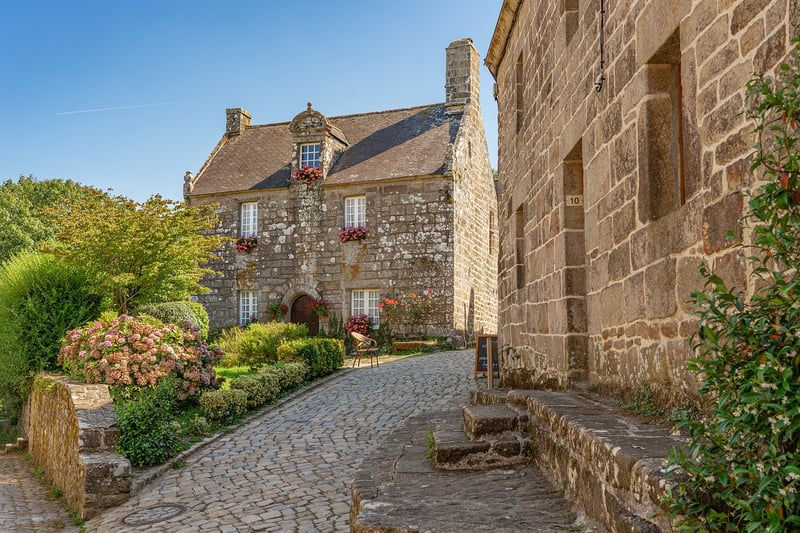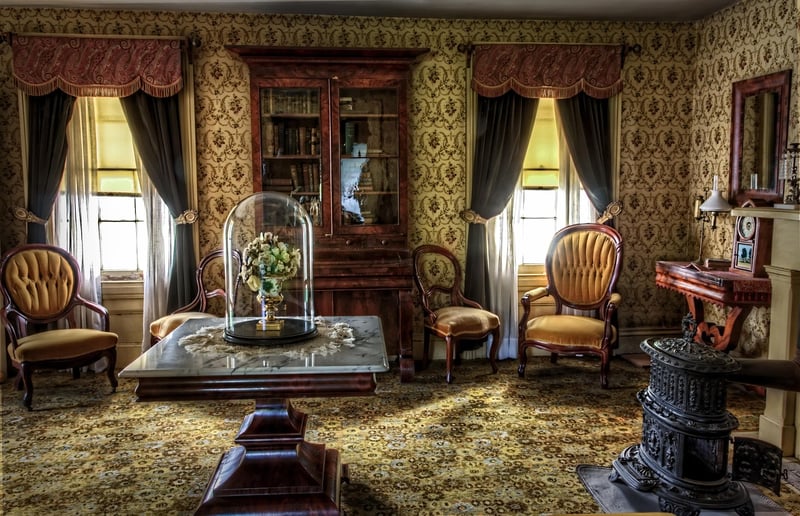Historical Etiquette
Guidance for Travelers + Historical Etiquette
Tips for Travelers
Traveling can be a thrilling adventure, but it's essential to be prepared and mindful of cultural differences. Here are some tips to make your journey a smooth and enjoyable experience:
- Research your destination's customs and traditions before you go.
- Learn a few key phrases in the local language to show respect.
- Respect local customs, such as dress codes and behavior in religious sites.
- Be mindful of your impact on the environment and local communities.
- Stay open-minded and embrace new experiences and challenges.
Historical Etiquette
Understanding historical etiquette can provide fascinating insights into past cultures and social norms. Here are some intriguing examples of historical etiquette practices:
Victorian Era Etiquette
In the Victorian era, etiquette was highly valued and influenced social interactions. Some common etiquette rules included:
- Proper attire for different occasions and times of day.
- Strict rules for addressing people based on their social status.
- Use of calling cards for formal introductions and visits.
- Elaborate table manners and dining etiquette.
Medieval Etiquette
During medieval times, etiquette played a significant role in the daily lives of nobility and commoners. Here are a few examples of medieval etiquette practices:
- Chivalric code of conduct for knights, emphasizing honor and bravery.
- Courtly love traditions governing romantic relationships among nobles.
- Feudal customs dictating loyalty and obligations between lords and vassals.
- Ceremonial protocols for royal courts and formal events.
By understanding historical etiquette, we gain a deeper appreciation for the complexities of social interactions and the evolution of manners over time. Whether traveling to a new destination or exploring the customs of the past, etiquette offers valuable insights into human behavior and society.


